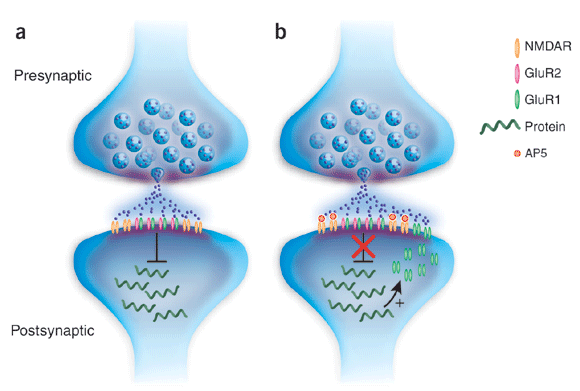Postsynaptic responses
In neuroscience, the postsynaptic potential is a temporary depolarization of postsynaptic membrane potential caused by the flow of positively charged ions into the postsynaptic cell as an outcome of the opening of ligand-sensitive channels. They are the contrary of inhibitory postsynaptic potentials (IPSPs) that generally result from the flow of negative ions into the cell or positive ions out of the cell. The postsynaptic potential is defined as excitatory when it makes the neuron more likely to fire an action potential. The postsynaptic potential can also result from a decrease in outgoing positive charges, whereas IPSPs are sometimes caused by an increase in positive charge outflow. The flow of ions which causes a postsynaptic potential is a postsynaptic current.

The postsynaptic potential, similar to IPSPs, are graded (that is they have an additive effect). Whenever multiple postsynaptic potentials occur on a single patch of postsynaptic membrane, their combined effect is the addition of the individual postsynaptic potentials. The Larger postsynaptic potentials result in greater membrane depolarization and therefore increase the possibility that the postsynaptic cell reaches the threshold for firing an anaction potential.